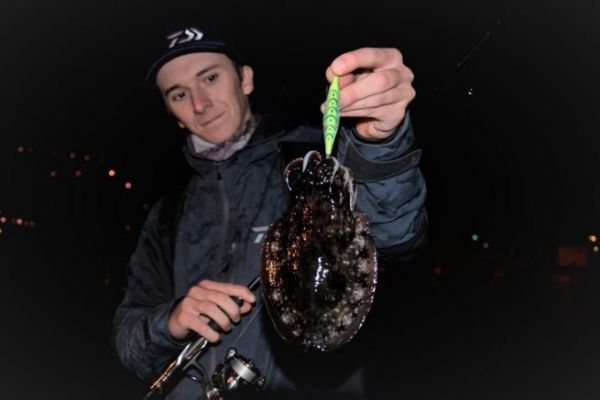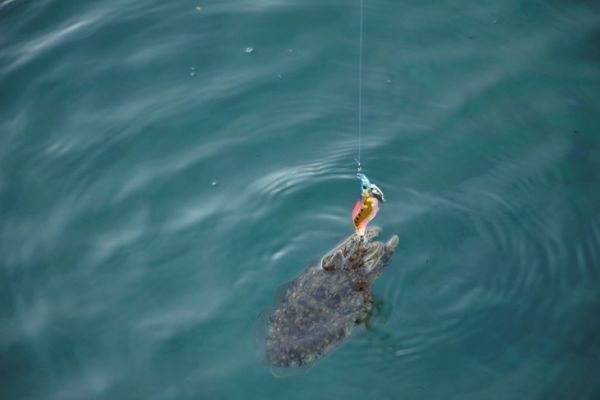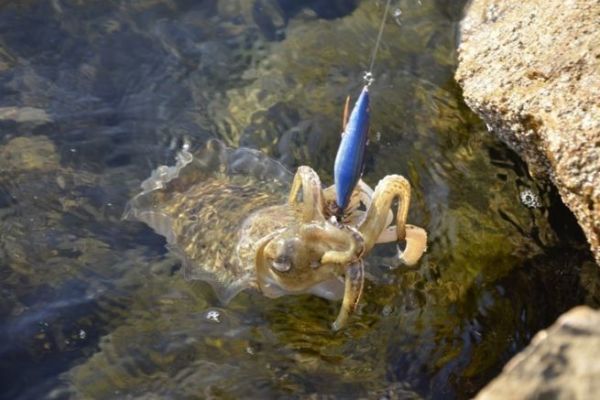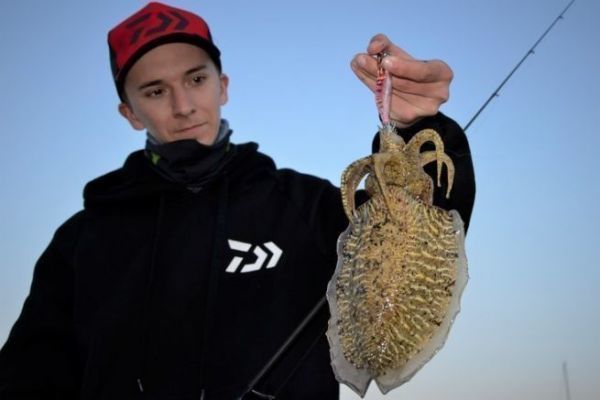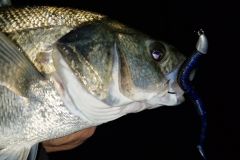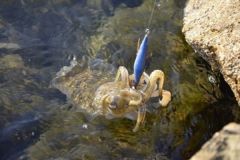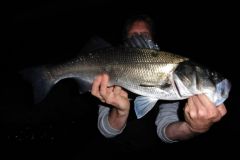The advantages of cuttlefish
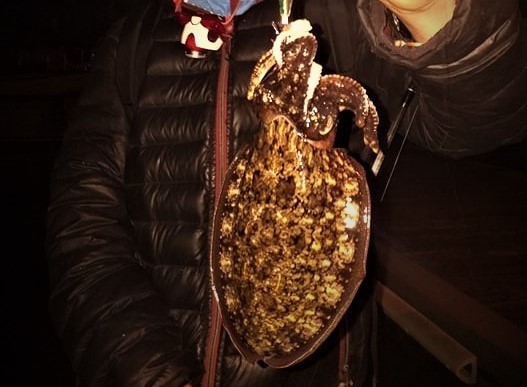
The cuttlefish is a very efficient predator, it is endowed with a large number of assets allowing it to be formidable for its preys.
Its skin has cells that it can control according to its environment and its mood, the chromophores. This allows it to change its color, as it pleases and very quickly. She can create complex patterns to blend in with her biotope.
Its highly developed eye allows it to hunt in very low light conditions and therefore at night. The cuttlefish locates its prey thanks to its perfected vision of contrasts, ideal to find a prey which tries to be camouflaged on the bottom.
Very curious animal, the cuttlefish does not hesitate to move several meters to attack or analyze a jig.
The nocturnal behavior of the cuttlefish

During the day, cuttlefish remain mostly buried in the sand or in the mud, hidden under a rock or sheltered in a carpet of posidonia. At night, the cuttlefish completely changes its behavior. It comes out of its hiding place at dusk to go to its hunting areas.
Cuttlefish particularly like to swim along a dike or a rock/sand boundary. This allows them to hunt prey on the move, while keeping an exit door in case of a predator attack. The sand allows it to bury itself and the rocks are a good shelter if a large predator passes by.
She moves slowly, sticking to the bottom so as not to be seen. Once it has chosen its prey, it approaches it slowly, using its camouflage abilities. Once in range, the cuttlefish propels its two longest tentacles to seize its prey and bring it back to itself.
Jigs effective at night
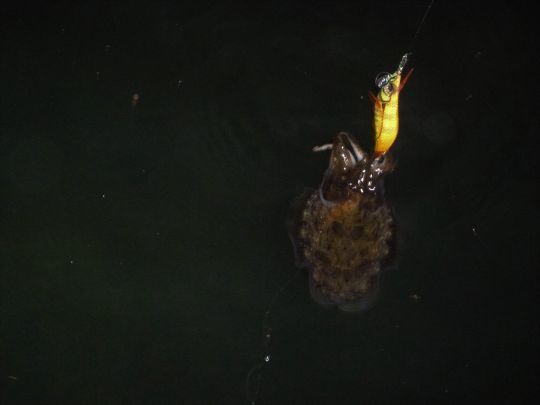
The jig we use to fish for cuttlefish at night will dictate the effectiveness of our fishing. At night, the color is undoubtedly the most important variable on our jig. We know that cuttlefish perceive contrasts, but not colors. It will be necessary to choose a very contrasting color.
For example, a jig with a very natural color or one that is too similar to the colors of the environment will not be very effective. Ideally, you should choose colors that are very different from the color of the biotope. White, pink and orange are classic colors to target cuttlefish.
You can also choose two-tone jigs with a very different color scheme. A light belly color with a dark back or sides is perfectly suited for night fishing. Phosphorescent colors are also very effective, even if they are not loaded with light, because the cuttlefish will perceive them even though our eye sees no difference.
